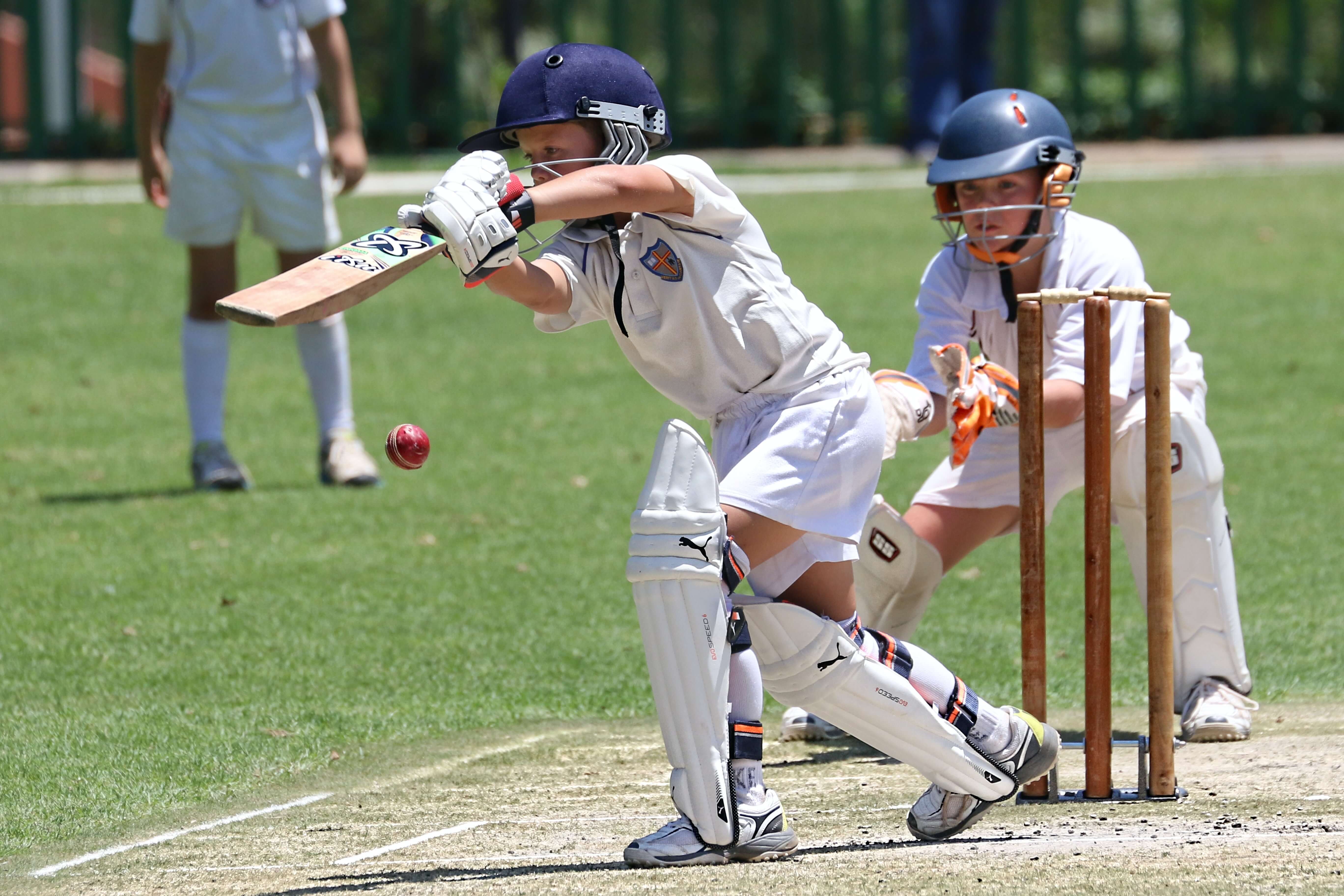
The Beginner's Guide to Knocking in a Cricket Bat: Step-by-Step Instructions for Optimal Performance
As a cricket enthusiast, you understand the importance of a well-prepared cricket bat. The knocking-in process is one of the most crucial steps in preparing your bat for peak performance. In this beginner's guide, we'll walk you through the step-by-step process of knocking in your cricket bat, ensuring it's ready for action on the pitch. With a minimum of six sections, this comprehensive guide covers everything from knocking in to the tools required and the correct techniques to follow.
The Importance of Knocking in Your Cricket Bat
Why Knocking in Matters
Knocking in your cricket bat is essential for two primary reasons: it strengthens the bat's fibres and creates a protective layer on the surface. This process compresses the wood fibres, reducing the risk of cracking and damage and enhancing the bat's performance by ensuring a better connection between the ball and the bat. Investing time and effort into knocking in your cricket bat will prolong its lifespan and maximise its potential on the field.
Tools Required for Knocking in Your Cricket Bat
What You'll Need
Before you start knocking in your cricket bat, gathering the necessary tools is essential. You'll need the following: A wooden mallet: This specialised tool is designed for knocking in cricket bats. It has a flat face and rounded edges that mimic the shape of a cricket ball. An old cricket ball or a ball wrapped in an old sock: If you don't have a wooden mallet, you can use a cricket ball or a ball wrapped in an old sock as an alternative. Raw linseed oil or cricket bat oil: This oil helps maintain the moisture content of the bat and prevents it from drying out during the knocking-in process. A clean, soft cloth: You'll need this to apply the oil to your cricket bat.
Oiling Your Cricket Bat
Preparing Your Bat for Knocking-in
Before you start knocking in your cricket bat, it's crucial to oil it properly. Oiling your bat maintains its moisture content and prevents it from drying out, which can lead to cracks and damage. Follow these steps to oil your bat: Using a clean, soft cloth, apply a small amount of raw linseed oil or cricket bat oil to the bat's face, edges, and back. Rub the oil gently into the wood, ensuring an even coating. Avoid over-oiling, as this can cause the wood to become too soft. Allow the bat to dry horizontally for 24 hours before the knocking-in process begins.
The Knocking-in Process
How to Knock in Your Cricket Bat
Now that your cricket bat is oiled and ready, it's time to begin the knocking-in process. Follow these steps for a successful knocking-in experience: Start gently tapping the bat's edges with the wooden mallet or ball wrapped in an old sock. Gradually increase the force as you continue tapping. Remember to avoid hitting the toe and splice of the bat, as these areas are more delicate. Next, move on to the flat surface of the bat. Use the mallet or ball to tap the surface gently, again gradually increasing the force. Be sure to cover the entire surface evenly. Continue the knocking-in process for 6 to 10 hours, depending on the bat's quality and the force of the mallet. The goal is to create a protective layer on the bat's surface and compress the wood fibres for optimal performance.
Post-Knocking-in Inspection
Ensuring Your Bat is Ready for Action
After completing the knocking-in process, it's essential to inspect your cricket bat for any signs of damage or unevenness. Check for the following: The bat's surface should be slightly rounded, with no flat spots or dents. The edges of the bat should be smooth and well-rounded. The protective layer on the bat's surface should be even and consistent. If you notice any issues, spend more time knocking in the affected areas until the bat meets these criteria.
Storing and Maintaining Your Knocked-in Cricket Bat
Caring for Your Bat Post-Knocking in
Now that you've successfully knocked in your cricket bat, storing and maintaining it properly is crucial to ensure its longevity and performance.
Follow these tips for optimal cricket bat care: Store your cricket bat in a cool, dry place, away from direct sunlight and dampness. Regularly oil your cricket bat to maintain its moisture content and prevent it from drying out. Aim to oil it every 3-4 months, depending on usage. Inspect your bat frequently for signs of damage or wear, and address any issues promptly to prevent further damage. Rotate your bat during practice sessions to distribute the wear evenly and prolong its life.
Conclusion
By following this comprehensive beginner's guide, you'll be well-equipped to knock in your cricket bat and ensure it's ready for action on the field. By preparing your bat correctly, you'll maximise its potential, improve its longevity, and enhance your overall cricketing experience. Happy knocking in!
